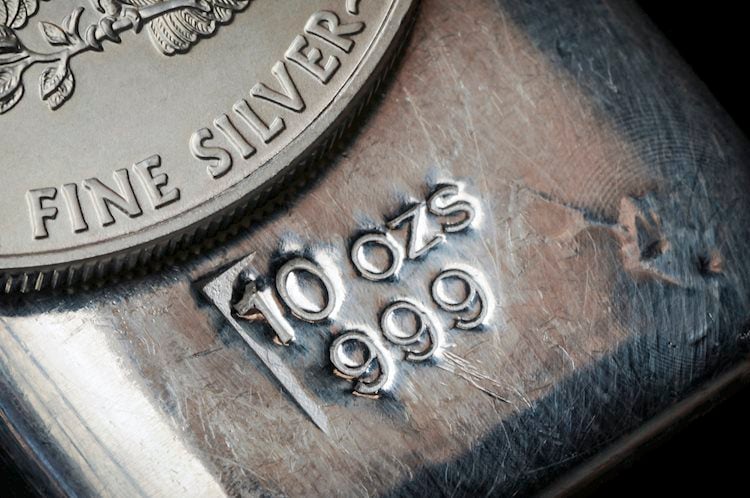This article is published in number 48 of Vanity Fair on newsstands until November 29, 2022
Every year we eat about a pound of insects, and we don’t even know it. They are the moths of the flour with which pasta is made, the flies placed on the vegetables harvested by machines that are not too subtle, the larvae of the fruit.
A Piedmontese proverb says: ‘gianin de la ceresa knows de ceresathe cherry worm
tastes like cherry. As if to say: few stories, in fact they are the same thing. “My father always told me that,” he says Beppe Tresso which with edible insects created, seven years ago, the first Italian company in the sector, la BEF Biosystemsseven partners, as many employees all very young (entomologists, food technicians) and the need to expand the workforce. «Our idea, however, is not to feed insects to people, but to use them as food for our food: create high quality protein feed to feed farm animals. Every year we eat 70 billion animals which in turn have to eat”.\
And what do they eat now?
“Everything from soybeans to wheat to fishmeal to feed I’m not sure you want to know the contents of: feather meal, bone meal, dried blood. Replacing part of this feed with insect meal is an ecological, sustainable, circular choice”.
Pair of mantises (Empusa pennata) on bread.
How does it work?
«We collect production waste from food companies. Can you imagine a pack of vacuum-packed potatoes all the exact same size how much waste they have to make them like this? Here are the leftovers, we’ll take them. Fruit, vegetables, mill residues, pomace. We sanitize them and put them first in a silo and then in special tanks, which are highly technological and managed remotely. There we put the small larvae that in a week eat everything and grow. From the tank we extract fertilizer for agriculture and the larvae; those intended for flour we put to sleep with the cold, a part instead, and it is an experiment that has just ended, can be given alive to chicken farms. From the study we did, it emerged that the hens that eat the live larvae drink much less water than those that feed on dry feed and become much less confrontational with each other. From our larvae we not only produce flour for feed, but also fats, and we are studying how to extract from the exoskeleton the chitin which is used in the chemical industry and the lauric acid which is used in cosmetics».
In short, the larva is like the pig: nothing is thrown away. But what animal is it?
«They are soldier fly larvae, a shy fly that catches itself on the fly. The ideal would be to breed the house fly, which lives at 20 and not at 29 degrees like the soldier, and it would save us a lot of electricity. But the housefly swarms easily and reproduces at the speed of light: if they escaped me it would be a disaster».
Beppe Tresso, one of the founding partners of BEF Biosystems, the first Italian company
breeding of edible insects: food waste is recycled to produce sustainable proteins.
The ideal, however, would be to reduce food waste and also animal farms.
«Of course, but we must also be realistic. The world’s population just passed 8 billion people. There are 200 million pets in Europe alone. Indians have become more than Chinese. Perhaps in the Western world we will move towards more conscious eating styles. But for every child born in developed countries there are at least 3 born in developing countries and we cannot imagine that, in a globalized system like ours, these children do not want to think of living as we do, including food consumption . We will eat less meat, but there will be an increase in demand for protein products in developing countries. He’s right about waste too: 931 million tons of food are thrown away every year. A scandal. If possible, it is good that a part of that food is not left to rot, but exploited by generating savings. A kilo of insect meal eaten by farm animals saves 2 or 3 kg of soybeans and wheat which remain available for human consumption».
Do you think we will eat insects too in the future?
«Eating habits are very hard to unhinge, but the worldwide success of sushi somewhat disproves this theory, so who knows. In any case there will certainly be a niche of people who will have the curiosity to try cricket skewers, just to say. But in Western countries the protein supply is certainly not a problem: we need to eat less, not more. In developing countries, on the other hand, the use of protein meals derived from insects could be useful for balancing the supply system of food products”.
So no cricket skewers. But are there other projects?
«We are studying the breeding of silkworms to obtain a protein for food supplements. And the perfectly circular egg project is starting: eggs produced by hens that eat larvae, produced with waste. From a 50 gram egg you recover 50 grams of organic waste».
But don’t you like insects?
“Before yes, now no. Indeed some have beautiful colors. Phobias are subjective: I love snakes but I can’t even see a field mouse. In any case, if insects make such an impression on you, you shouldn’t even drink a spritzer».
What do you mean?
«The red coloring of spirits can be obtained with a synthetic dye, but more often with E120, a natural dye which is none other than the cochineal, an insect. Do you also know where cochineal is used a lot?».
I don’t know if I want to know, but tell me.
“In some lipsticks. Those beautiful shades of red come from there».
Photo Marco Raccichini
To subscribe to Vanity Fair, click here.
Source: Vanity Fair
I’m Susan Karen, a professional writer and editor at World Stock Market. I specialize in Entertainment news, writing stories that keep readers informed on all the latest developments in the industry. With over five years of experience in creating engaging content and copywriting for various media outlets, I have grown to become an invaluable asset to any team.






